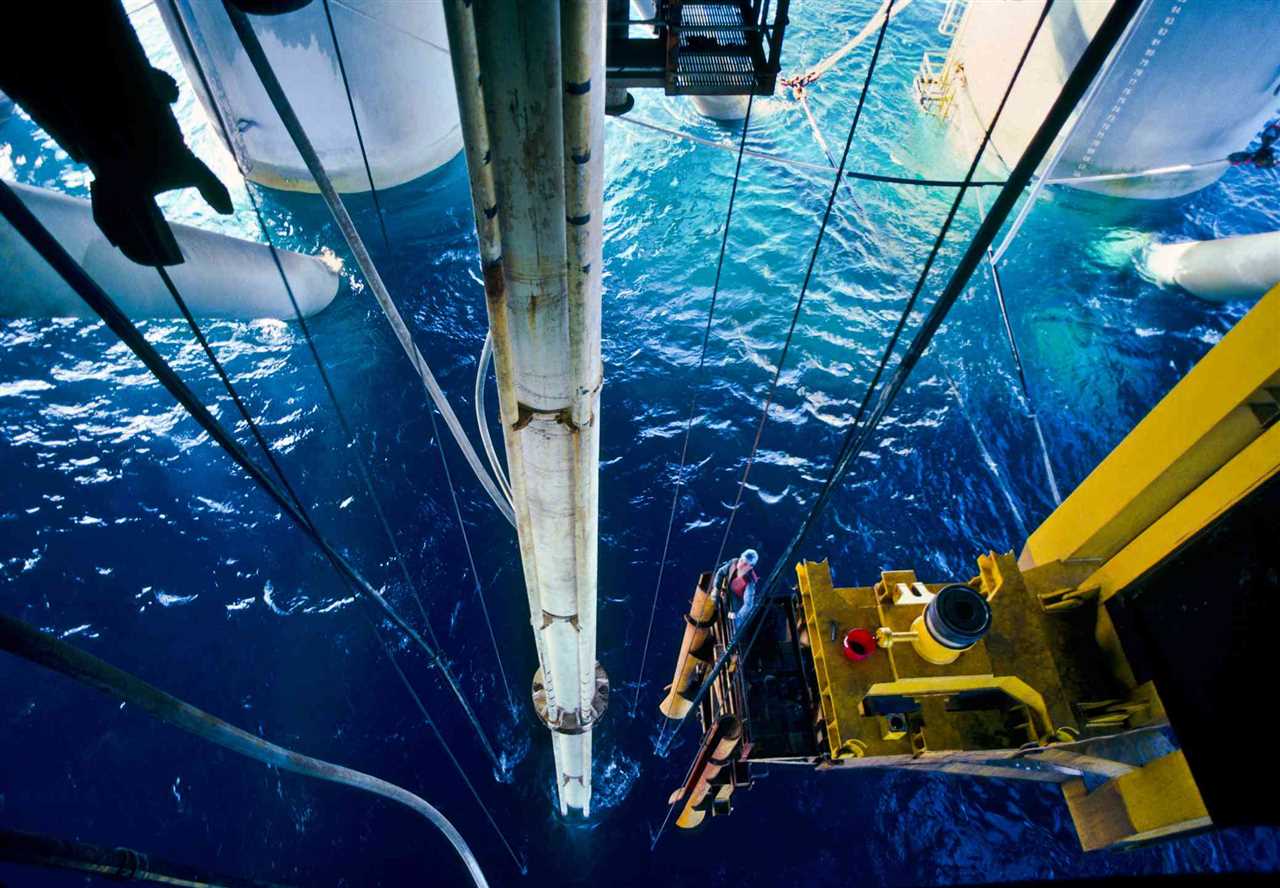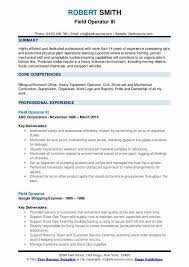Definition and Explanation

In the world of energy, an oil field refers to a specific geographic area where underground reservoirs of petroleum or crude oil are found. These reservoirs are formed over millions of years through the accumulation of organic materials such as plants and microorganisms. Over time, these organic materials are subjected to heat and pressure, transforming them into hydrocarbons, which make up the oil and gas found in oil fields.
Oil fields are typically located deep underground, often several thousand feet below the Earth’s surface. They can vary in size, ranging from small fields that contain a few hundred barrels of oil to massive fields that hold billions of barrels. The size and productivity of an oil field depend on various factors, including the geological structure, the presence of source rocks, and the permeability of the reservoir.
Exploration and Drilling
Exploration is the process of searching for new oil fields. Geologists and geophysicists use various techniques, such as seismic surveys and satellite imaging, to identify potential areas where oil may be present. Once a promising location is identified, drilling operations begin.
Extraction and Production
Once a well has been drilled and oil is discovered, the extraction and production phase begins. This involves the installation of production equipment, such as pumps and separators, to bring the oil to the surface and separate it from any associated gas or water. The extracted oil is then transported via pipelines or tanker trucks to refineries for further processing.
Oil fields play a crucial role in meeting the world’s energy demands. They provide a significant portion of the global oil supply, which is used for various purposes, including transportation, power generation, and the production of petrochemicals. The development and production of oil fields also contribute to economic growth and job creation in many countries.
Importance and Benefits

Oil fields play a crucial role in the global economy and have numerous benefits. Here are some of the key reasons why oil fields are important:
- Energy Source: Oil fields are the primary source of energy production worldwide. Oil is used to fuel vehicles, generate electricity, and power various industries. It is a vital resource that drives economic growth and development.
- Job Creation: Oil fields create employment opportunities for a wide range of professionals, including engineers, geologists, technicians, and support staff. These jobs contribute to local economies and provide stable income for many individuals and families.
- Revenue Generation: Oil fields generate significant revenue for governments and companies involved in the oil industry. This revenue can be used for infrastructure development, public services, and investment in other sectors.
- Energy Security: Oil fields contribute to a country’s energy security by reducing dependence on foreign oil imports. Having access to domestic oil reserves ensures a stable and reliable energy supply, reducing vulnerability to geopolitical tensions and price fluctuations.
- Technological Advancements: The exploration and production of oil fields drive technological advancements in drilling techniques, extraction methods, and environmental protection. These innovations have far-reaching benefits beyond the oil industry and can be applied to other sectors as well.
- Supporting Industries: Oil fields support a wide range of industries, including refining, transportation, petrochemicals, and manufacturing. These industries rely on oil as a raw material or energy source, creating a ripple effect of economic activity and employment.
- Investment Opportunities: Oil fields present investment opportunities for individuals and companies looking to diversify their portfolios. Oil reserves are considered valuable assets, and investing in oil fields can yield substantial returns.
Operation of Oil Field
In order to understand the operation of an oil field, it is important to first understand the process of oil exploration and drilling. Oil fields are vast underground reservoirs of oil that are typically found in sedimentary rocks. The first step in the operation of an oil field is the exploration phase.
During the exploration phase, geologists and geophysicists analyze geological data and conduct surveys to identify potential oil-bearing formations. This involves studying rock formations, seismic data, and other geological indicators to determine the presence of oil.
Once a potential oil field is identified, the drilling phase begins. This involves drilling a well into the ground to access the oil reservoir. Drilling rigs are used to drill deep into the earth’s crust, sometimes reaching depths of several kilometers.
Once the well is drilled, various techniques are used to extract the oil from the reservoir. This can involve using pumps to bring the oil to the surface or using pressure differentials to force the oil out of the reservoir. The extracted oil is then transported to refineries for further processing.
The operation of an oil field requires careful planning and management. Engineers and technicians monitor the production levels, pressure, and other factors to ensure efficient extraction of oil. They also implement safety measures to prevent accidents and minimize environmental impact.
Overall, the operation of an oil field involves a complex process of exploration, drilling, and extraction. It requires the expertise of geologists, engineers, and technicians to ensure the successful production of oil.
Exploration and Drilling
Exploration and drilling are crucial steps in the operation of an oil field. These processes involve the search for potential oil reserves and the extraction of oil from the ground.
During the exploration phase, geologists and geophysicists study the geological formations to identify areas that are likely to contain oil. They use various techniques such as seismic surveys, gravity surveys, and magnetic surveys to gather data about the subsurface. This data helps them create detailed maps of the potential oil reservoirs.
Once the exploration phase is complete and potential oil reserves are identified, drilling operations begin. Drilling rigs are used to create boreholes in the ground, reaching the oil-bearing formations. The drilling process involves the use of drill bits, drilling fluids, and other equipment to penetrate the earth’s surface.
Drilling rigs can be located on land or offshore, depending on the location of the oil field. Offshore drilling involves additional challenges, such as operating in deep water and harsh weather conditions.
After the drilling process is complete, the oil well is equipped with production equipment, such as pumps and separators, to extract the oil from the reservoir. The extracted oil is then transported to refineries for further processing.
Exploration and drilling are complex and expensive processes that require advanced technology and expertise. However, they are essential for discovering and extracting valuable oil reserves, ensuring a steady supply of energy for various industries.
Extraction and Production
Extraction and production are crucial steps in the operation of an oil field. Once the oil reserves have been identified through exploration and drilling, the extraction process begins.
Extraction Process
The extraction process involves drilling wells into the oil reservoirs and using various techniques to bring the oil to the surface. The most common method is using drilling rigs, which are equipped with drilling bits that penetrate the rock formations to reach the oil-bearing zones.
Once the well is drilled, it is completed with steel casing and cement to ensure stability and prevent any leakage. The well is then connected to a production facility through pipelines or other means of transportation.
Production Process

Once the oil is brought to the surface, it undergoes several processes to separate impurities and enhance its quality. These processes include:
- Separation: The oil is separated from any water or gas that may have been extracted along with it. This is done using separators and other equipment.
- Treatment: The separated oil is then treated to remove impurities such as sand, sediment, and other contaminants. This is done through processes like filtration and chemical treatment.
- Storage: The treated oil is stored in tanks or other storage facilities until it is ready for transportation.
Once the oil has been extracted and processed, it is ready for transportation to refineries or other facilities for further processing and distribution.
Example of Oil Field

An oil field is a location where underground reservoirs of oil are found and can be extracted for commercial purposes. These fields are typically vast in size and can contain billions of barrels of oil.
Discovery and Exploration
The discovery and exploration of an oil field involves various techniques and processes. Geologists and geophysicists use seismic surveys and other methods to identify potential oil-bearing formations beneath the Earth’s surface. Once a potential oil field is identified, exploratory drilling is conducted to confirm the presence of oil and determine the size and productivity of the field.
Production and Extraction
Once an oil field is deemed commercially viable, production and extraction operations begin. This involves drilling wells into the reservoir and using various techniques to extract the oil. Common methods include primary recovery techniques such as natural pressure and pumping, as well as secondary and tertiary recovery techniques that involve injecting fluids or gases into the reservoir to enhance oil recovery.
| Oil Field Name | Location | Estimated Reserves (in billions of barrels) |
|---|---|---|
| Ghawar | Saudi Arabia | 70-80 |
| Burgan | Kuwait | 66 |
| Safaniya | Saudi Arabia | 50-60 |
| Rumaila | Iraq | 50-60 |
Table: Examples of Major Oil Fields
Oil fields play a crucial role in meeting global energy demands and driving economic growth. They provide a significant source of revenue for oil-producing countries and contribute to job creation and technological advancements in the oil and gas industry.
Case Study: [OIL catname]
The [location] oil field is known for its vast reserves and high-quality crude oil. It has been in operation for over [number] years and has played a significant role in meeting the global demand for oil.
The operation of the [location] oil field involves several key processes. Firstly, exploration and drilling are conducted to identify potential oil reserves and extract samples for analysis. Once the presence of oil is confirmed, extraction and production activities begin.
The extraction process involves drilling wells into the oil reservoirs and using advanced technology to extract the oil. [OIL catname] utilizes state-of-the-art equipment and techniques to maximize production efficiency and minimize environmental impact.
Once the oil is extracted, it undergoes a refining process to remove impurities and separate it into various products such as gasoline, diesel, and jet fuel. These products are then transported to various markets and used for various purposes, including transportation, heating, and electricity generation.
The [location] oil field has had a significant impact on the local economy, providing jobs and contributing to economic growth. It has also played a crucial role in meeting the energy needs of the region and supporting global energy security.
Overall, the [location] oil field serves as an excellent example of a successful oil field operation. [OIL catname] continues to invest in research and development to improve production efficiency and explore new oil fields to meet the growing global demand for energy.

Emily Bibb simplifies finance through bestselling books and articles, bridging complex concepts for everyday understanding. Engaging audiences via social media, she shares insights for financial success. Active in seminars and philanthropy, Bibb aims to create a more financially informed society, driven by her passion for empowering others.
